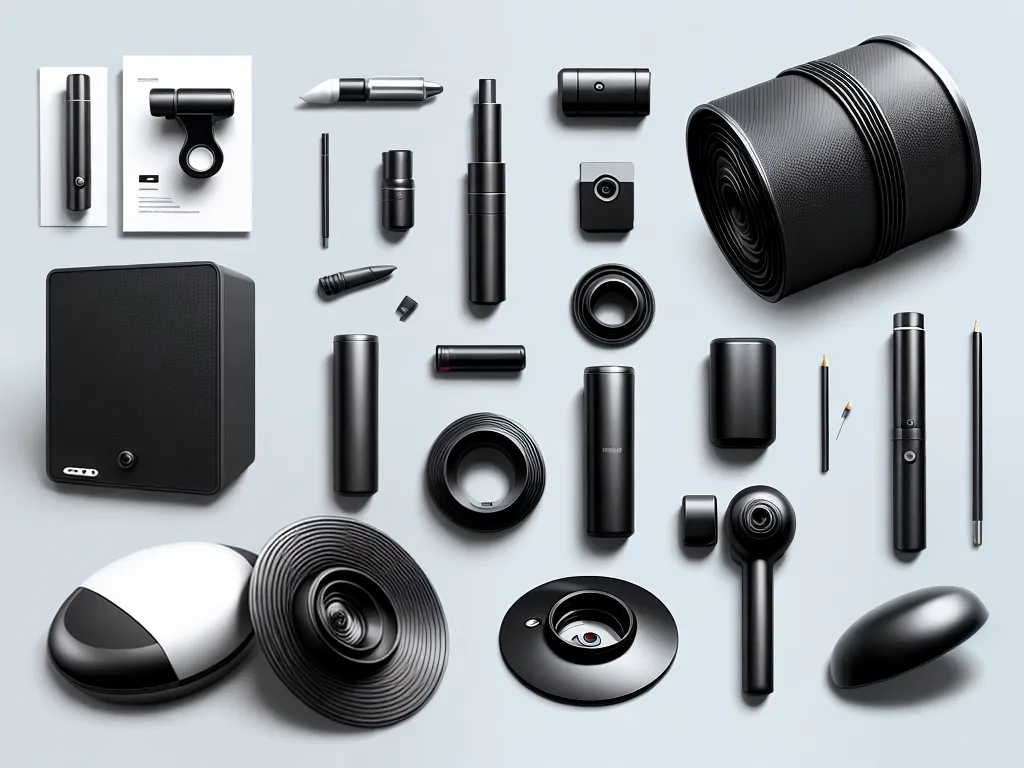
Introduction
Creating a convincing product render from scratch can seem daunting, but with the right tools and techniques, anyone can achieve professional-looking results. In this comprehensive guide, I’ll walk you through the full process step-by-step. From 3D modeling software to materials, lighting, and post-processing, I’ll cover everything you need to know to create realistic product visuals that accurately showcase your designs. Whether you’re an industrial designer, product marketer, or inventor preparing your prototypes, fake product renders are invaluable for bringing your visions to life. So let’s get started!
Gathering Reference and Planning the Scene
Before jumping into 3D modeling, it’s crucial to gather reference images and plan out the render. Look for photos of similar real products shot from multiple angles. Pay attention to materials, lighting, shadows, and environment. This helps inform the 3D model and scene setup. Also think about the product’s intended use. A phone render on a desk tells a different story than one being used outdoors. Define the narrative you want to convey.
Next, sketch out the scene considering composition, camera angles, lighting direction, and prominent shadows. Having a clear vision ahead of time prevents wasting time modeling aimlessly. Start broad then hone in on smaller details.
Modeling the Product in 3D Software
With planning done, it’s time to start 3D modeling. Popular choices for product rendering include Blender, Maya, 3ds Max, Cinema 4D, and Modo. Choose one you’re comfortable with. I prefer Blender for its powerful free tools.
Start with simple base meshes like cubes, cylinders and spheres. Push, pull, extrude and add edge loops to shape them into the product form. Pay attention to overall proportions and symmetry first.
Use reference images constantly to model fine details like buttons, logos, curved surfaces and indentations. Recreate form, placement and scale as accurately as possible. Don’t overlook tiny details – imperfections sell realism.
Once the outer product is done, model internal components visible through glass or openings. Fully assemble moving parts. Double check alignments from all angles. Precision is key for authenticity.
Applying Materials and Textures
With modeling complete, it’s time to surface the product. Detailed materials make or break realism. Study product photos to recreate surfaces like metal, plastic, glass, wood, etc using Blender’s node editor and texture mapping.
Image textures add finer details like dirt, scratches and decals. Use procedural noise for randomness. Mix texture nodes using math nodes for variation. Get creative!
For plastic parts, add imperfections like mold lines, injection points and parting lines. Tiny details sell realism.
Bump mapping adds physical surface detail without heavy geometry. Use it for textures like fabric and stucco.
Getting materials right takes experimenting. Don’t be afraid to iterate.
Lighting the Scene
Proper lighting can make or break the render. Study real product photos to see how materials respond under lighting. Recreate the look in Blender.
Key lights provide the brightest illumination, usually from the front or side. Fill lights soften shadows and illuminate the back. Use rim lights to accentuate edges from behind. The background lets you simulate studio lighting.
Adjust brightness, color, angle and size of light sources to balance drama with accuracy. Subtlety is key.
Fake indirect lighting with low-emission materials or faking ray-bounced light. This enhances realism.
Simulate camera exposure settings like ISO and aperture to control lighting mood. Brighter isn’t always better.
Take time lighting. This makes the difference between mediocre and jaw-dropping.
Composing the Shot
Composition involves arranging objects in the scene in a visually appealing way. Study product photo principles:
- Lead the eye through the image with lines, shapes and perspective.
- Frame the subject attractively, leaving negative space.
- Use rule of thirds for off-center interest.
- Have a clear focal point that draws attention.
Camera angle hugely impacts storytelling:
– Hero angles emphasize desirability.
– Worm’s eye view lend importance.
– profiles showcase shape.
** lens field of view** also tells a story:
– Wide angles feel spacious.
– Telephotos flatten perspective.
– Zoomed blur enhances focus.
Take time composing. Subtle tweaks make big impact.
Rendering Out the Final Image
Once lighting, materials, and composition are set, it’s time to render the final image.
Dial in render settings for best quality and speed. Raise samples for reduced noise. Increase bounces for realistic lighting. Use render layers to tweak specific parts later.
Output image sequences during test renders. Render short 200-frame animations to spot inconsistencies between frames.
Save textures, materials and lighting setups for later. Replicating them from scratch is tedious.
For final renders, set output to a lossless format like PNG or OpenEXR. Allow plenty of time for high-sample renders to complete.
Post Processing and Presentation
With rendering completed, post-processing adds realism:
-
Compositing combines render passes like highlights and shadows for control.
-
Camera effects like lens blur, vignettes, and chromatic aberration enhance realism.
-
Color correction alters mood and draws the eye through brightness, contrast and saturation adjustments.
-
Film grain and noise provide organic imperfections.
For presentation, photograph the isolated 3D render or composite into a real environment photo. Artistic lighting and post processing pushes believability over the top.
Don’t underestimate post magic. It takes renders from great to astounding.
Conclusion
Creating convincing product renders is very achievable with planning, care and know-how. Gather plenty of reference, model carefully, light attractively, compose thoughtfully, and post process magically. Mastering real materials is the key to photorealism. Take time experimenting and tweaking for best results. With practice and perseverance, you can craft product visuals indistinguishable from real photos. Just follow this guide, and you’ll be faking products like a pro in no time!












